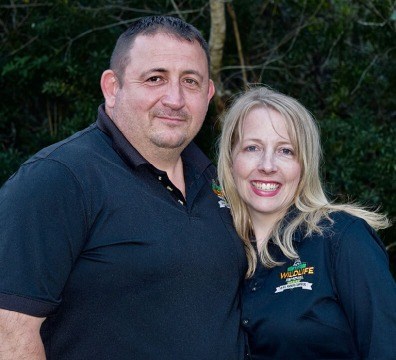Mexican free-tailed bats, or Tadarida brasiliensis for you technical folks, look much like your ordinary, regular bat. They have wrinkled lips and a tail that “freely” protrudes past their body. Though they aren’t all that adorable, Mexican free-tailed bats are quite interesting characters. The Mexican free-tailed bat can fly at speeds of 60 miles per hour, making it the fastest bat of its species. If that doesn’t impress you, read on and you will see just how beneficial bats can be to our planet.
Other Important Facts to Know about Mexican free-tailed Bats:
- Mexican free-tailed bats are also referred to as guano bats. Guano is the excretion that comes from bats and is often used as a natural fertilizer. While guano can be beneficial for agriculture, it can be harmful to humans. It is always best to have a professional inspect your home.
- Not all bats have rabies. As a matter of fact, less than 1% of the bat population has rabies.
- Despite the name of the Vampire Bat who licks the blood of cows, chicken and other animals, bats are not vampires. They will not seek you out to suck your blood. In fact, they are more afraid of you than you are of them. Bats will avoid humans at all possible times, unless they feel threatened. Please do not agitate bats, it’s best to let them be.
- Bracken Cave out of San Antonio, TX is home to the Bat Conservation International Organization (BCI). BCI has actually secured 1,521 acres of land which remains home to one of the largest colonies of the Mexican free-tailed bats in the world.
Bats are beneficial to the environment
When people think of bats, they often reference Dracula, a blood sucking vampire. However, no need to be afraid, for bats are actually insectivores, eating up to 50%-70% of their body weight in insects a day. They also help control agricultural pests such as the corn earworm moth, most commonly known as the cotton bollworm or the tomato fruit worm. To put things into perspective, the Bat Conservation International Website states that a single brown bat can eat up to 1,000 mosquito sized insects a night.
Still don’t think that’s a big deal? The damage created by these moths is estimated to cost $1 billion a year. However, research shows that the Mexican free-tailed Bat saves Texas farmers around $800,000 annually. The more moths bats eat, the less money spent on harmful pesticides that are used to kill these pests.
Okay, Okay, so Mexican free-tailed Bats are special. How Can I Get Them Out of My House?
While it’s interesting to see how beneficial bats can be, they can still become unwanted guests. Bats love attics and flying through air ducts into living spaces of your home. It’s also important to remember, always expect baby bats. Come summer time, if the momma bats haven’t been removed from your home, you will have a colony full of babies. This makes the removal process more difficult.
Bats begin mating in the fall, storing sperm until spring time when they actually fertilize the egg. Each mother will have one baby, or pup and will take up dwelling in your home where they will care for their young. Because the pups are unable to fly for several weeks, they won’t be able to get out of the holes they came through. Making the removal process more difficult. While Mexican free-tailed bats aren’t federally protected, it is frowned upon to engage in any trapping or other removal procedures that might harm them. Remember, their role in the ecosystem is very important.








